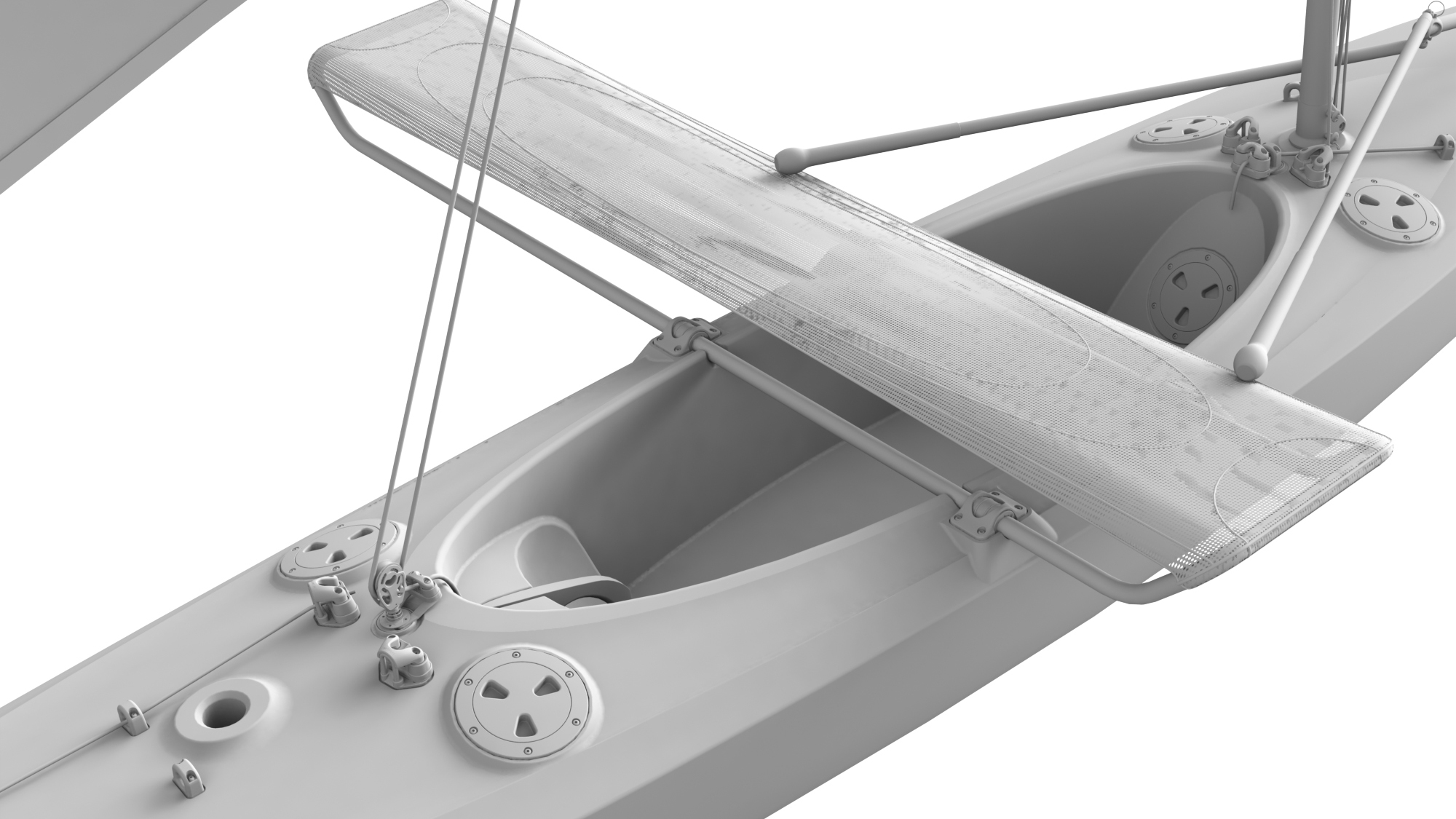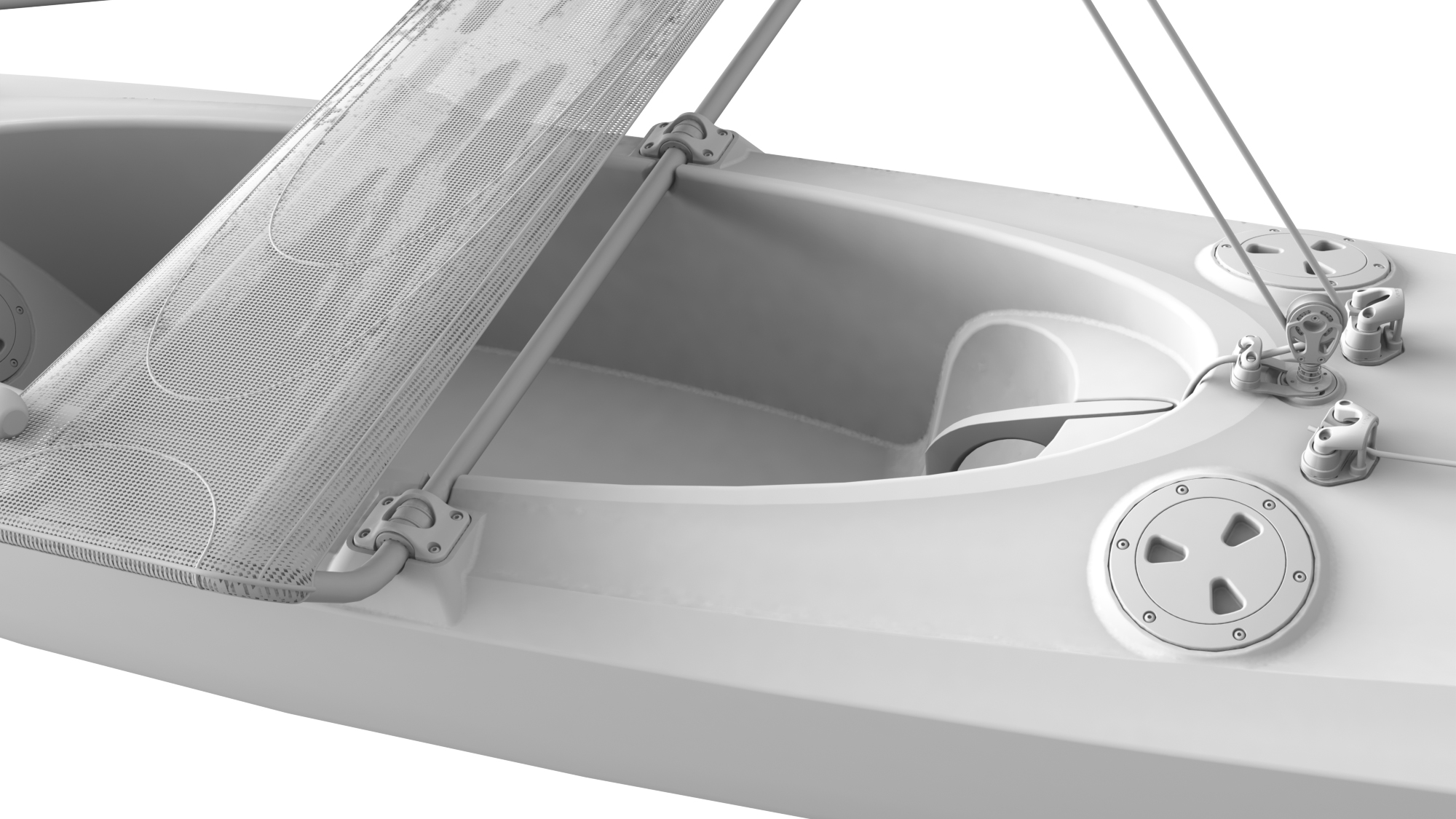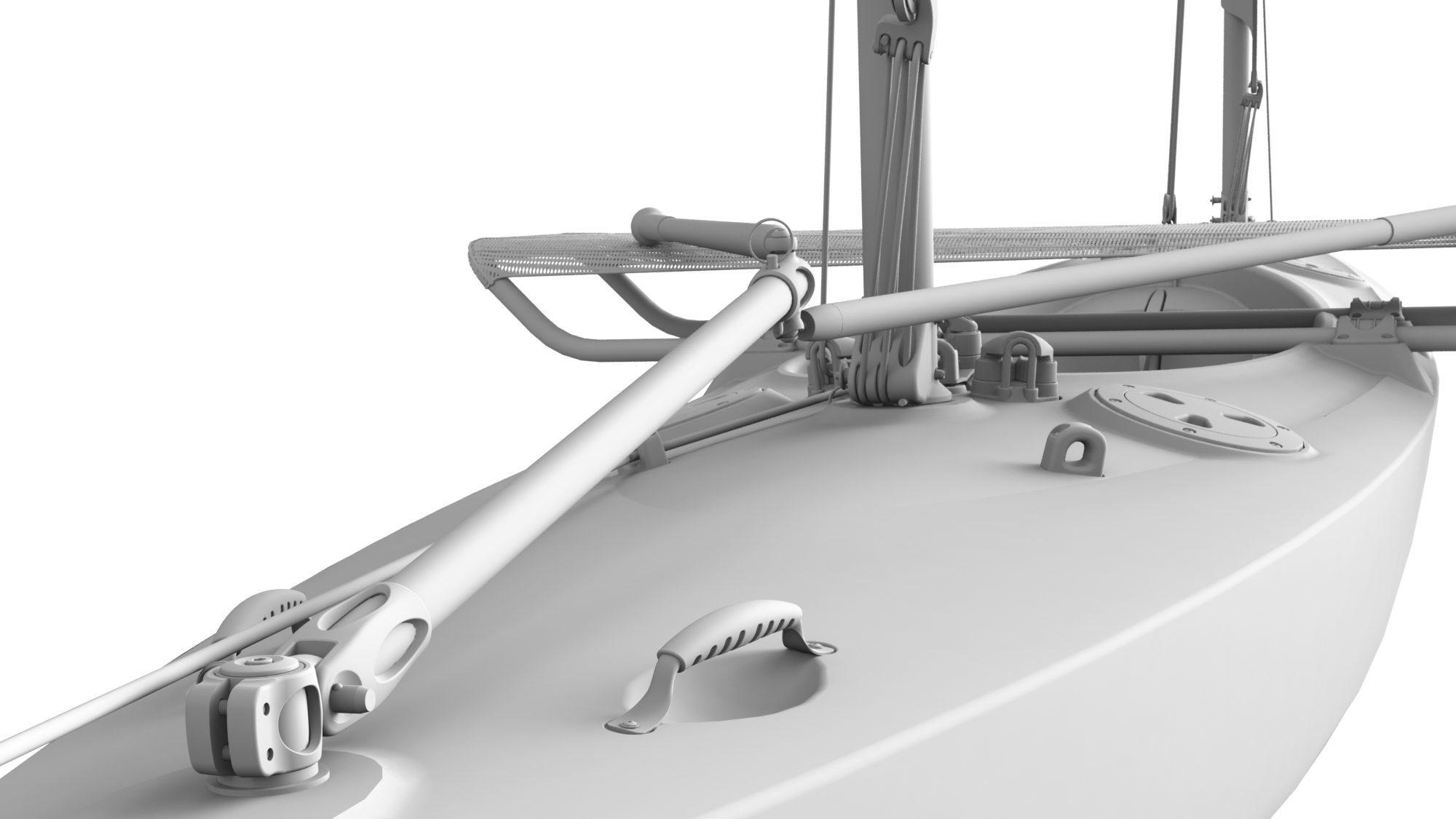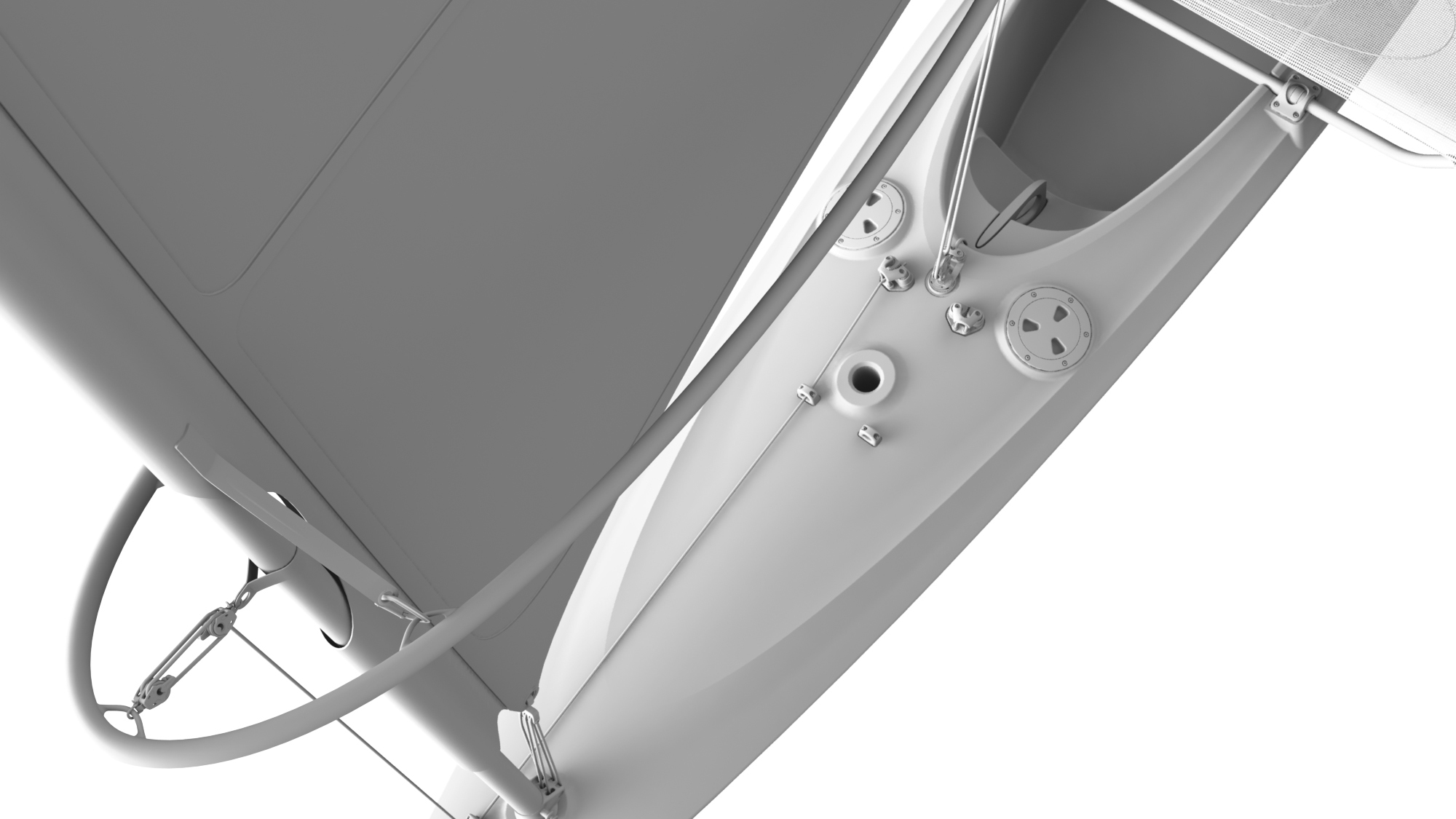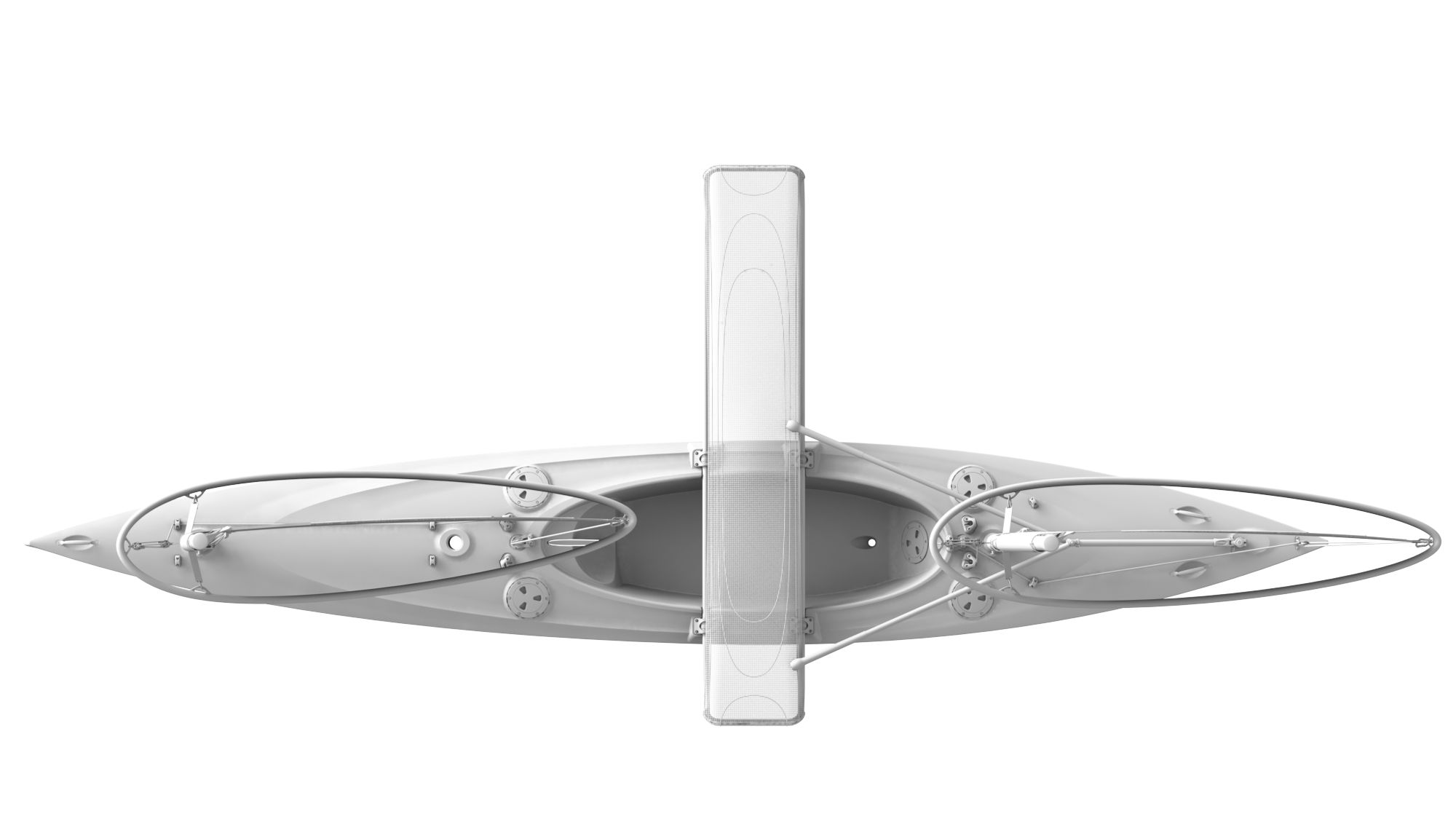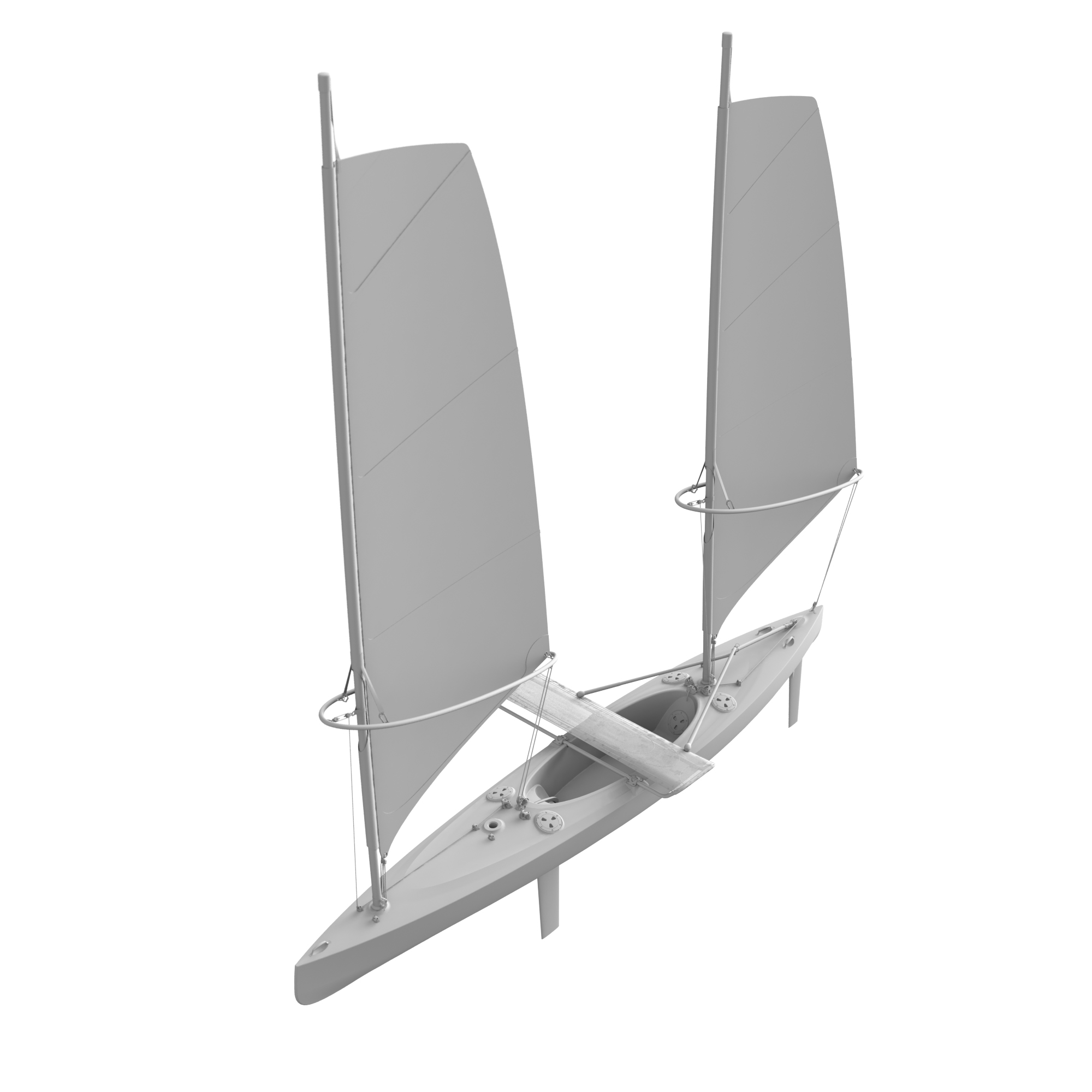16-30 Sail Canoe
This is an independent design project around the subject of small sailing craft. In it, we created a small sailboat that fills a product opportunity gap left between cartoppable canoes and kayaks (the fastest growing watercraft category) and small sailing dinghies (arguably one of the fastest shrinking).
This design is intended for the inland lakes of the United States— a virtually abandoned sailing market dominated by used day sailers and inland lake scows designed and manufactured in the mid-late 20th century.
This concept leverages the large sail area, easily driven hull and pedigree of the late 19th century 16-30 sail canoe, but the design has been emboldened with a modular, high performance sail plan and a virtually indestructible rotomolded hull that could be made from post-consumer-recycled or reclaimed ocean HDPE.
PROBLEM
Midwestern, inland boating is dominated by powered watercraft including jet skis, speedboats and bass boats. It can be expensive, noisy, dangerous and polluting. Further, the boats themselves are "monstrous hybrids" manufactured from fiberglass and polyester resin that are neither biodegradable nor recyclable.
Even though sailing provides a simple and low impact alternative, the sport remains inaccessible to the vast majority of inland boaters due to the high cost of sailing equipment and the elitist culture that surrounds the sport. The construction of most production sailboats is similarly damaging to the environment.
OPPORTUNITY
There is an opportunity to engage the non-sailing population of boaters with a low cost sailboat designed for affordability, sustainability, modularity and the low wind conditions of the inland lakes.
Further, there is an opportunity to break down the elitism barrier by offering a boat that teaches users to sail.
SOLUTION
The solution illustrated here combines innovative, modular features and higher volume production methods with an interesting and evocative refresh of an historic racing boat — the 16 x 30 sail canoe.
The design incorporates a number of innovative features, including: A dual windsurfing rig (modified to be freestanding) that takes advantage of the low cost, multiple sizes, high performance and durability of these sails; A roto-molded hull created from post-consumer recycled HDPE, which means a higher volume boat with a lower eco footprint; a clamp-on tiller similar to that of a threadless bike stem; and more. The rig can be adjusted with multiple sail sizes (and a single mast) to accommodate differing weather conditions.
The selection of a sail canoe style hull is intended to provide a boat that is easily driven in light, midwestern winds but wet and wild when the wind picks up. The small size of the craft and its durability also make it appropriate for cartopping, which eliminated the cost of owning and registering a trailer. The optional sliding seat and dual mast rig are a throwback to the 16 x 30 sail canoes of the late 19th century.
All components are labeled subtly with embroidered or adhesive labels to teach sailing terminology to those who are just getting stated and to begin breaking down the elitist wall that surrounds this sport.
